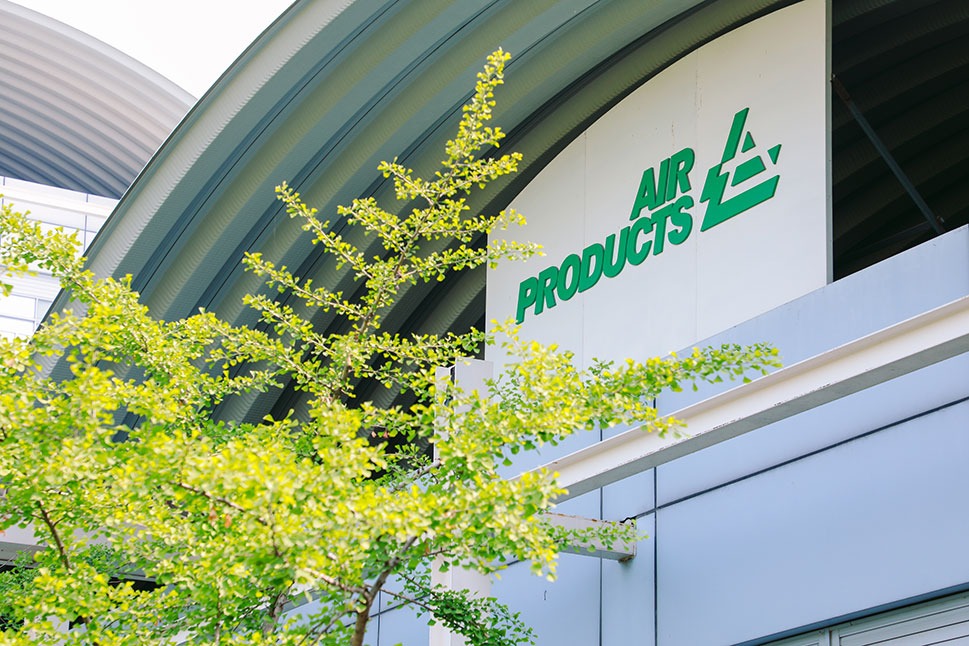The UK Continues to be a Hydrogen Infrastructure Figurehead

Currently, the UK is known as a main figurehead in hydrogen-energy production globally. Recent efforts across different parts of the hydrogen sector have reinforced this. A proposed net zero energy centre in Wales, hydrogen heating in Scotland, and hydrogen aviation endorsement from Bedfordshire show commitment to hydrogen energy across the mainland.
RWE (A German multinational energy company) has joined with Pembroke Power Station in the creation of the ‘Pembroke Net-Zero Centre’. Their mission statement reads as follows,
“Pembroke Net Zero Centre has a critical role to play in Wales and the UK’s pathway to Net Zero. By decarbonising its current operations at the power station, while investing in new innovative technologies, RWE can establish Pembroke at the forefront of South Wales’ low-carbon future. Together, these new technologies will be part of, and contribute to, RWE’s vision for Pembroke Net Zero Centre – a hub of low-carbon innovation and clean energy generation.”
Pembroke Net Zero Centre starts pre-application
RWE has launched a pre-application consultation for its Pembroke Green Hydrogen project, located in South Wales. The consultation will run from April 22, 2024, until May 20, 2024. The company is seeking feedback from the local community on its plans. The proposed project involves the development of a green hydrogen production facility on RWE-owned land next to the Pembroke Power Station.
The facility will include a 110 MWe electrolysis plant and a 1.5km pipeline to connect to nearby industry. It aims to produce around two metric tonnes of hydrogen every hour. The plant’s only significant byproduct is oxygen.
Oxford Flow teams with nZero for hydro-home heating
Agreed on 22nd April, The flow control equipment company, ‘Oxford Flow’ will supply its IM-S gas regulators as through a partnership with Thyson Technology, (owned by nZero Group). This is part of SGN’s H100 Fife Future of Gas Project, in Scotland.
H100 Fife is a unique project which aims to provide a direct supply of clean power to produce hydrogen in Buckhaven and Denbeath. This will bring renewable hydrogen into homes, providing zero-carbon fuel for domestic heating. Initially, the network is expected to heat hundreds of local homes using clean gas produced by an electrolysis plant, powered by a nearby offshore wind turbine.
Oxford Flow will supply IM-S gas regulators. These IM-S offer an increased flow capacity which has been designed and verified for use with up to 100% hydrogen, comfortably exceeding the UK government’s target for Britain’s gas networks to be ready to deliver a 20% hydrogen blend. As well as this, Oxford Flow has removed a major trouble-shoot in the product, the diaphragm. They note this to be, “the most common failure and wear point in conventional gas regulators, contributing to a minimum service interval and maintenance interval of up to ten years and eliminating the risk of leaks”
Faris Churcher, Business Lead – Gas and Energy transition at Oxford Flow comments, “Our partnership with nZero Group is another step in an exciting direction toward our ongoing support of the energy transition of our gas networks here in the UK. We’re thrilled to be supporting another hydrogen-to-grid project.”
Aviation companies make a case for hydrogen
The aviation industry is predicted to have massive growth in the foreseeable future. To decarbonise, the impetus is on ‘sustainable aviation fuels’ (SAF), biofuels and power-to-liquid. However, many experts and companies argue that attention should be given to hydrogen.
Hydrogen can create power in two main ways. Firstly, fuel cells, which take hydrogen and convert it to electric power. This drives an electric motor which thus drives a propeller.
Jenny Kavanagh, chief strategy officer at Cranfield Aerospace Solutions comments,
“This technology (fuel cells) will be the first that you will see come into service. Cranfield Aerospace is working on fuel-cell hydrogen propulsion systems that we want to get into commercial service in 2026. That’s this decade, and it will be here. We’re not quite at single-aisle (100-seat) aircraft yet, but that’s not to say that fuel-cell technology can’t be made to go that big.”
The second technology is the combustion of hydrogen directly in an engine, just like kerosene. In fuel cells, the only emissions are water and heat, however, when hydrogen is combusted, it produces nitrogen oxides. Although this is suboptimal, Kavanagh explains,
“But that’s a hell of a lot better than kerosene,” adds Kavanagh. “Even if it’s slightly worse than fuel cells, it has the potential to be applied to larger aircraft right now.”
Overall, these three recent developments show the UK’s dedication and interest in the hydrogen sector.
Byline by Sonny Riddell

